
Search history
Clear allSearch by image
XDrag and drop an image here or upload an image
Max 5MB per image
UploadSign In | Join

Search history
Clear allSearch by image
XDrag and drop an image here or upload an image
Max 5MB per image
UploadSign In | Join
X Email Mobile
| mixed batch | ¥0.0 | 98500 box available |
|
A new item has been added to your Shopping Cart. You now have items in your Shopping Cart.
Codship Sailing Ship
Scientific Enlightenment:
Why do sailboats sail diagonally into the wind?
Place one side of the right-angled ruler tightly against the horizontal desk surface. Place two fingers of your left hand on both sides of the ruler to prevent it from falling over. Extend one finger of your right hand (or use a pencil) along the slope of the ruler and apply a downward pressure to the right. Look, which direction will the ruler move?
Science Project:
1Prepare the materials needed for the production.
2Install according to the picture.
Three,Press 'Done' to begin debugging.
Scientific Principles:
The triangle did not slide to the right, but moved to the left! What on earth is going on? How did the pressure to the lower right become the power that made the triangle slide to the left?
When the hypotenuse is very smooth, the effect of force F is almost the same as the force perpendicular to the hypotenuse. According to the effect of force F, we can also decompose force F into a horizontal force F1 and a vertical force F2. Among them, F1 is the dynamic force that makes the triangular board slide to the left. When the triangular board is subjected to a relatively small friction resistance, it will move to the left.
When a sailboat encounters headwind, its force situation is very similar to that of the triangular board in this small experiment. When sailing against the wind, there is a strong headwind blowing directly from the front. We can move the boat's bow and sail surface to different directions to avoid direct contact with the headwind, allowing it to blow diagonally to one side of the sail. Similar to the situation in the small experiment, the force F acting on the sail can be decomposed into F', perpendicular to the sail surface, and the component force F, which is along the sail surface.
Clearly, the force 'F' on the sail has almost no effect on the boat's forward motion, while the component force 'F' perpendicular to the sail surface provides the power for the boat's forward motion. You can also decompose 'F' into the force 'F1' along the boat's keel line, pointing in the direction of forward motion, and the force 'F2' perpendicular to the keel line. The force 'F1' becomes the forward motion of the boat, and the lateral force 'F2' that is perpendicular to the direction of the boat's forward motion is balanced by the resistance of the water on the boat in this direction. In this way, people have obtained the forward motion of the boat from the headwind! Therefore, the sailboats that "top" the wind and break through the waves are actually not really facing the wind direction directly and stubbornly "top", but tilt the bow away from the wind direction at an acute angle, cleverly "top", thus obtaining the forward motion from the headwind.
A sailboat that sails against the wind is not always traveling in one direction. In the wind, a sailboat generally always advances along an S-shaped course. When the boat sails to the left for a while, then turns the bow and the sail to the right front. At this time, the wind still blows diagonally on the sail, still providing the forward power needed by the sailboat. In this way, the sailboat follows the S-shaped route, against the waves, and successfully reaches the destination. Sailors often liken this method of sailing against the wind to "seizing the wind to sail the boat."
Scientific Exploration:
1Why does a vehicle move diagonally upward when traveling against the wind?
2The triangle did not slide to the right, but instead moved to the left! What's going on here?
3How did the pressure to the right and below become the power for the triangle to slide to the left?
Product Name: Codship Sailing Ship
Product Code: C636
Size: 330*200*350 mm
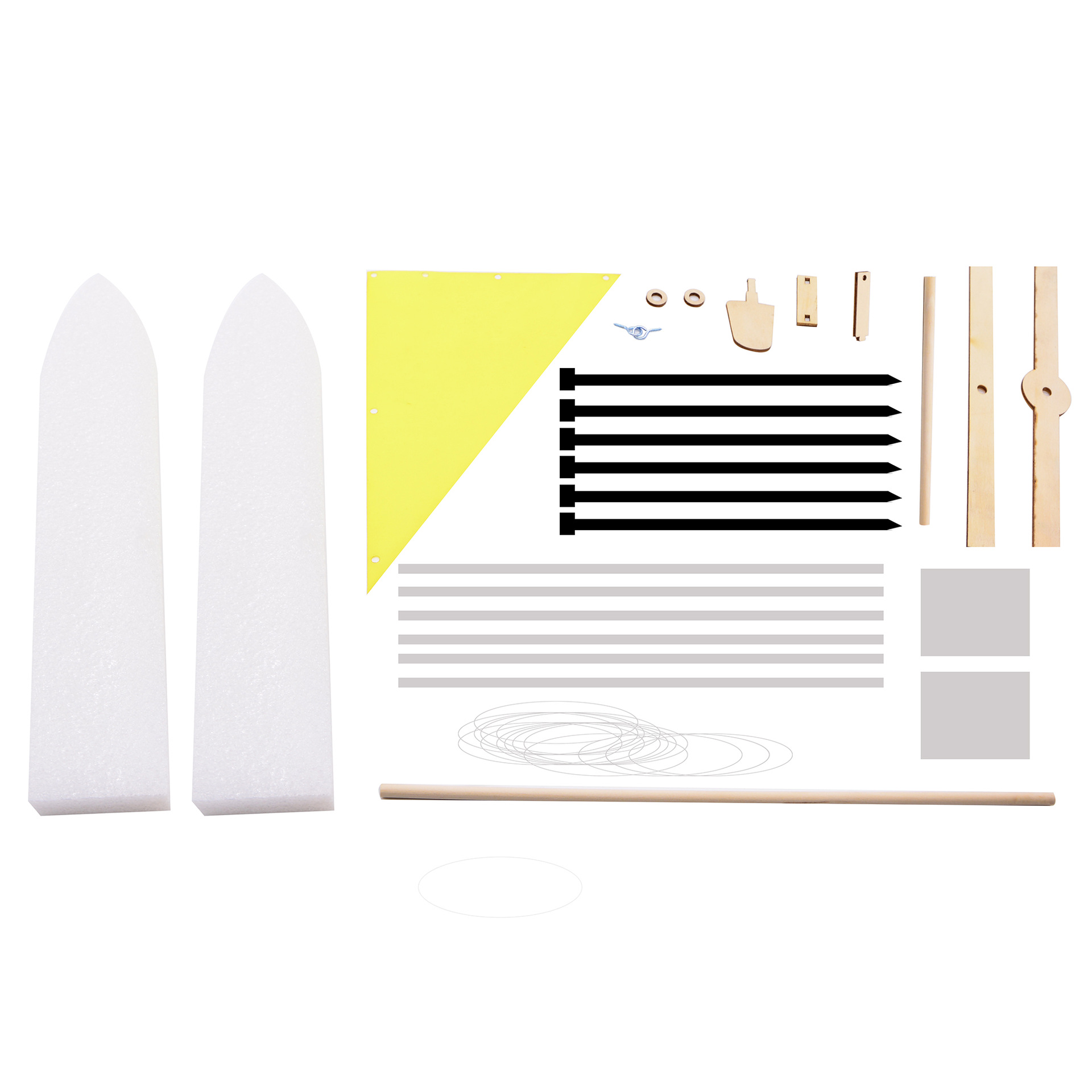
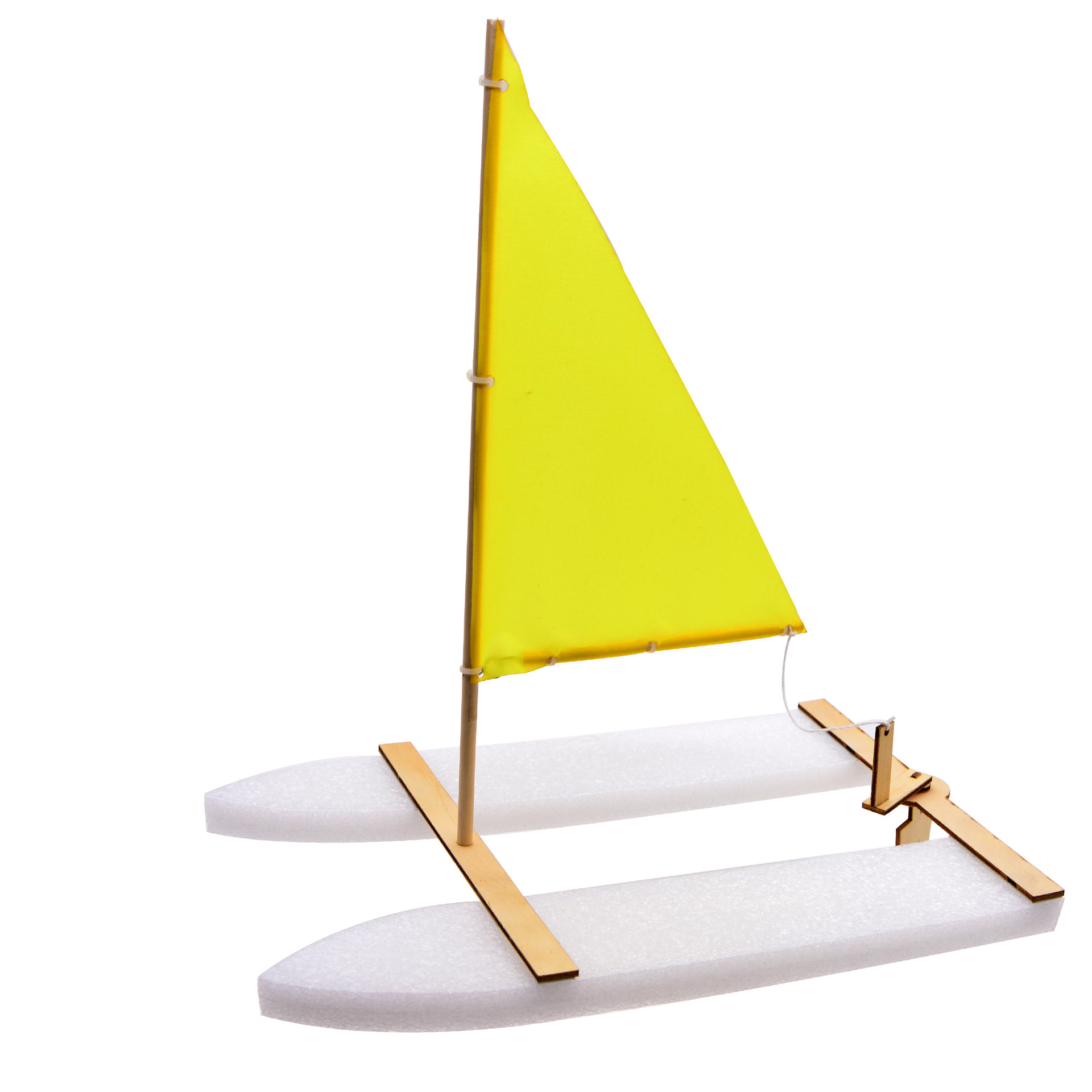

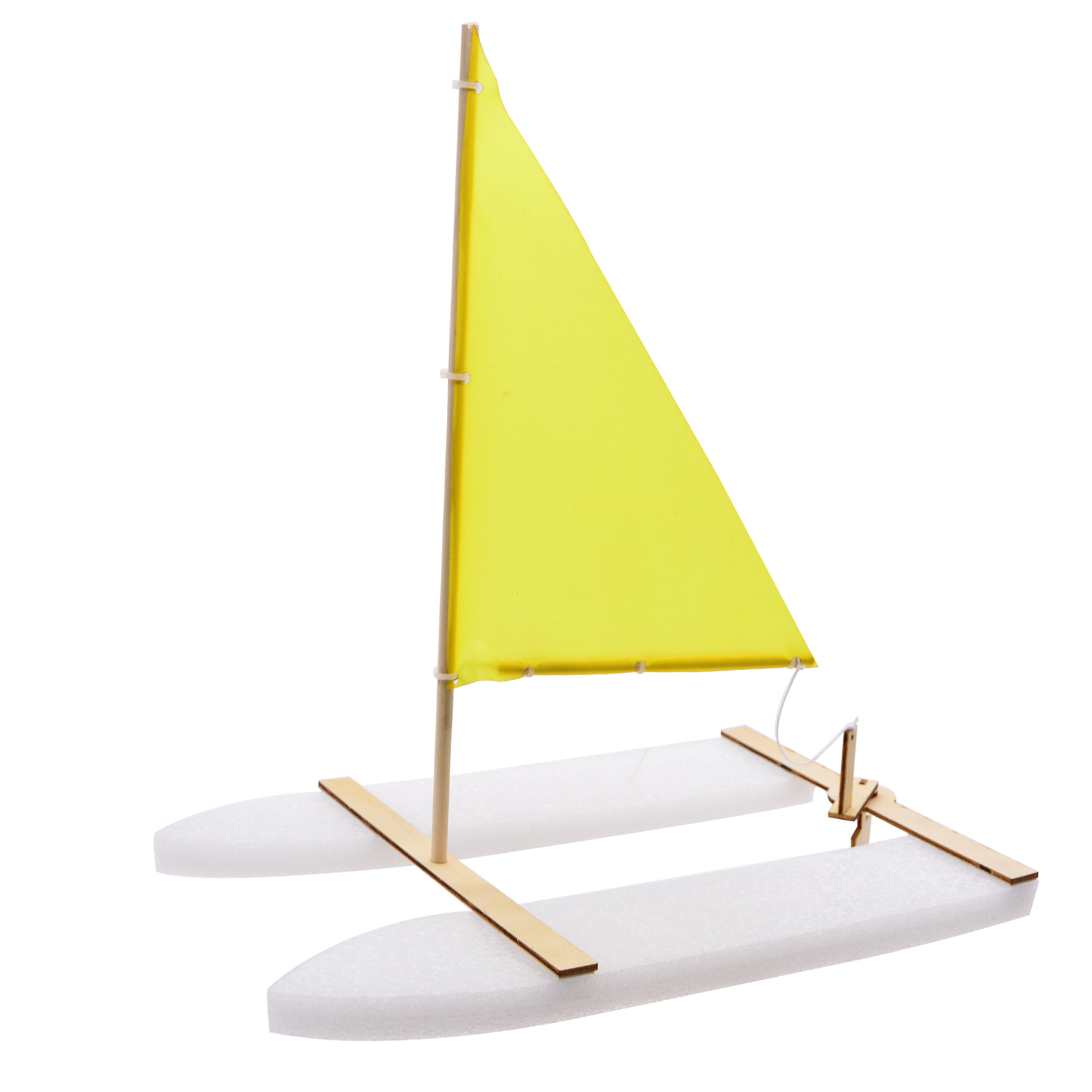
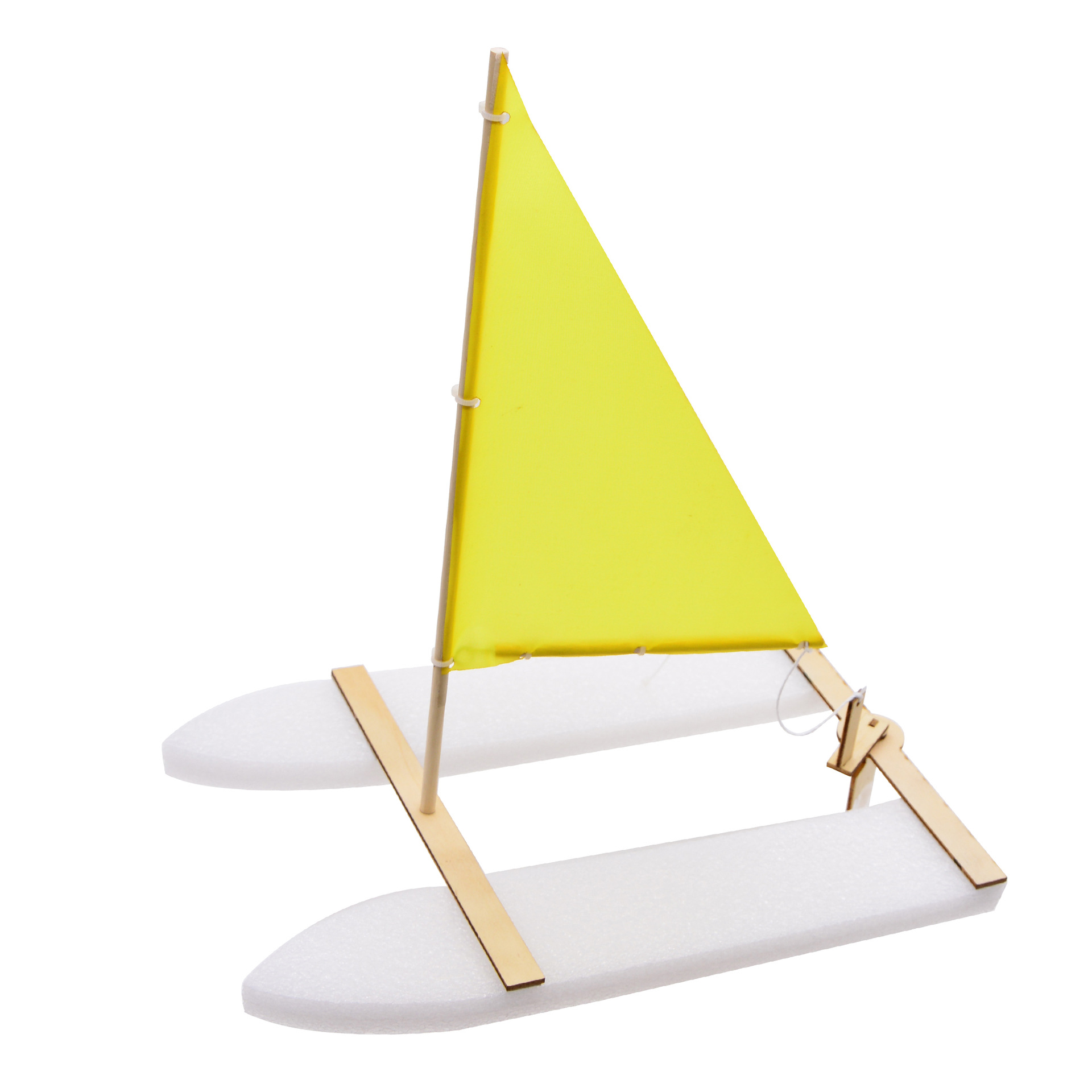
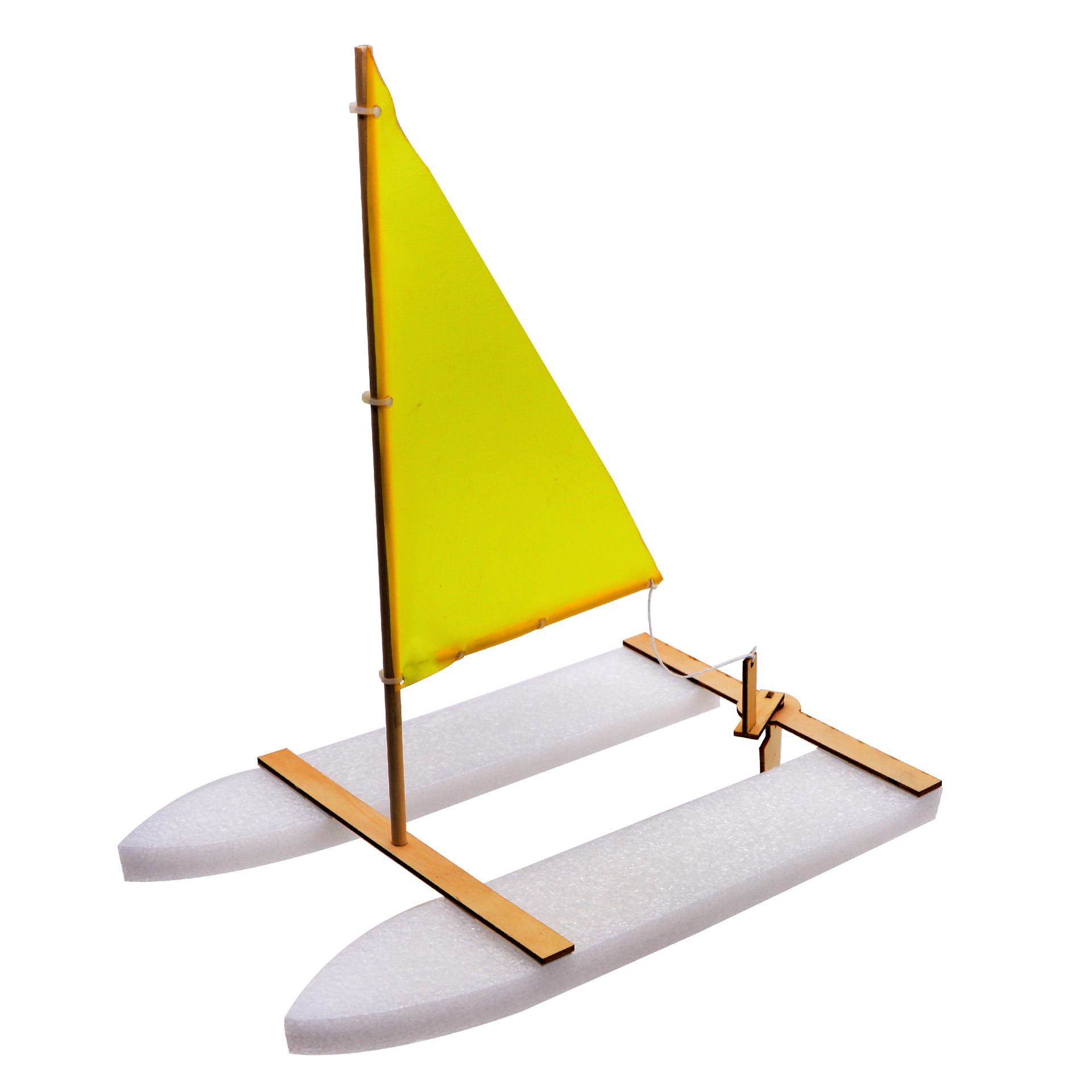
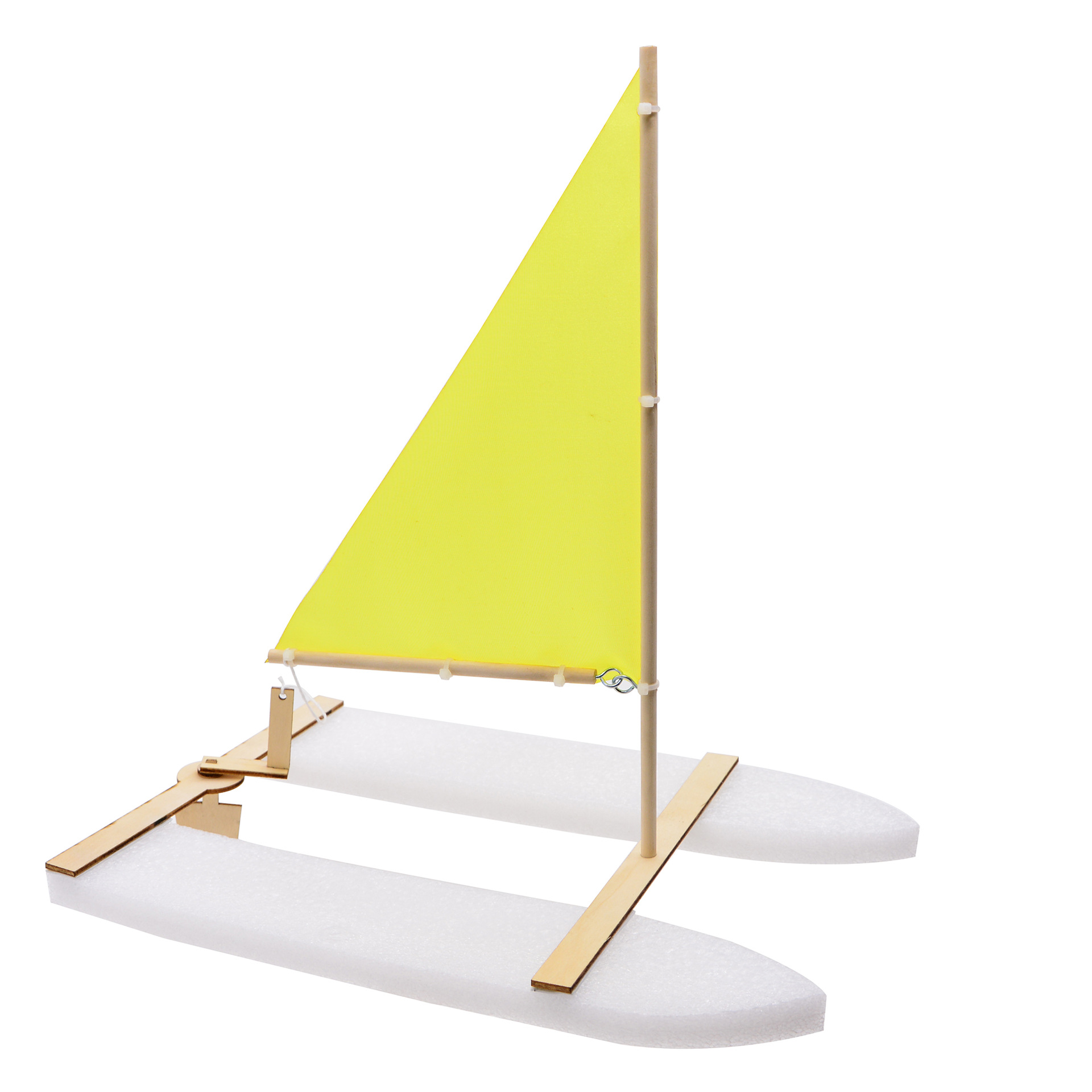
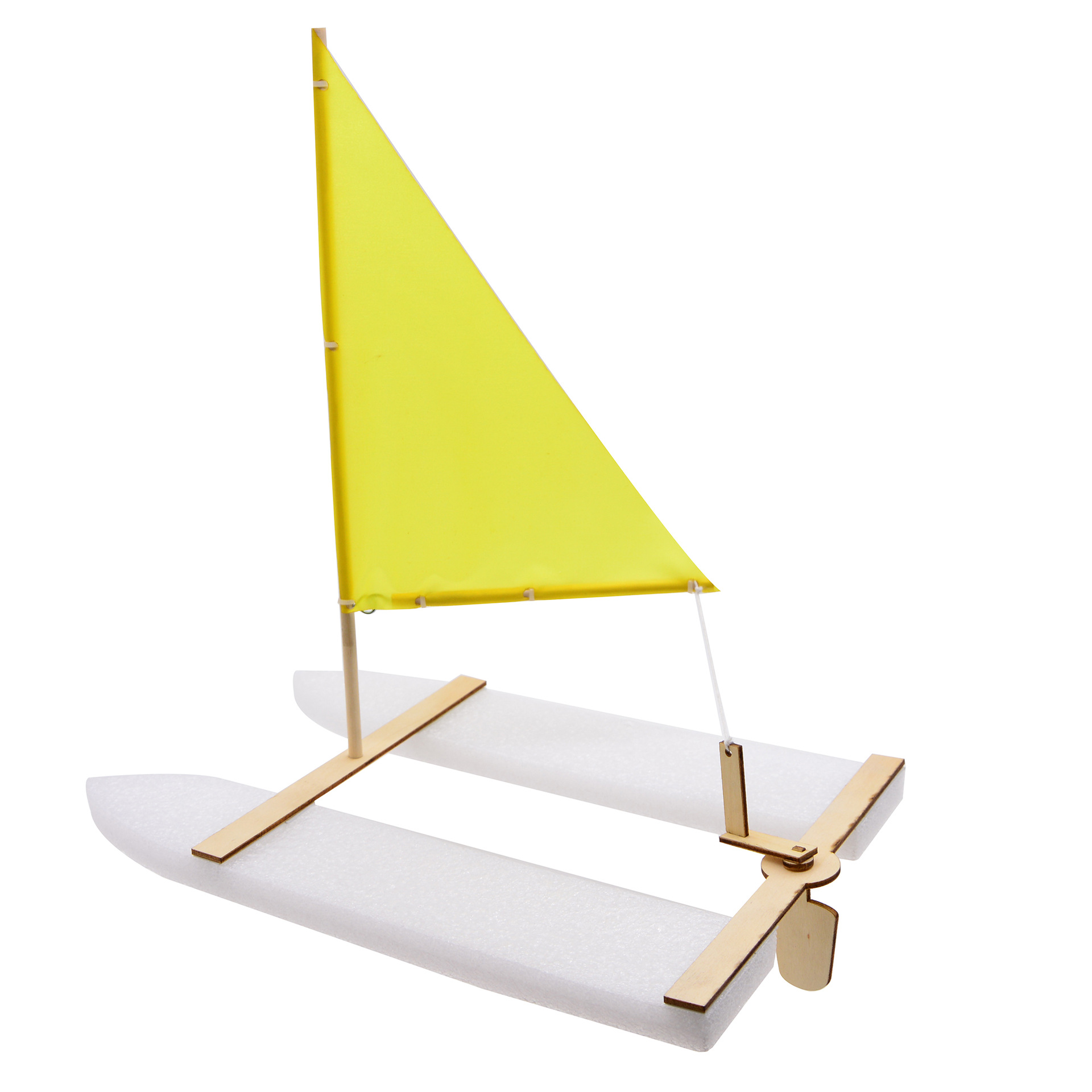

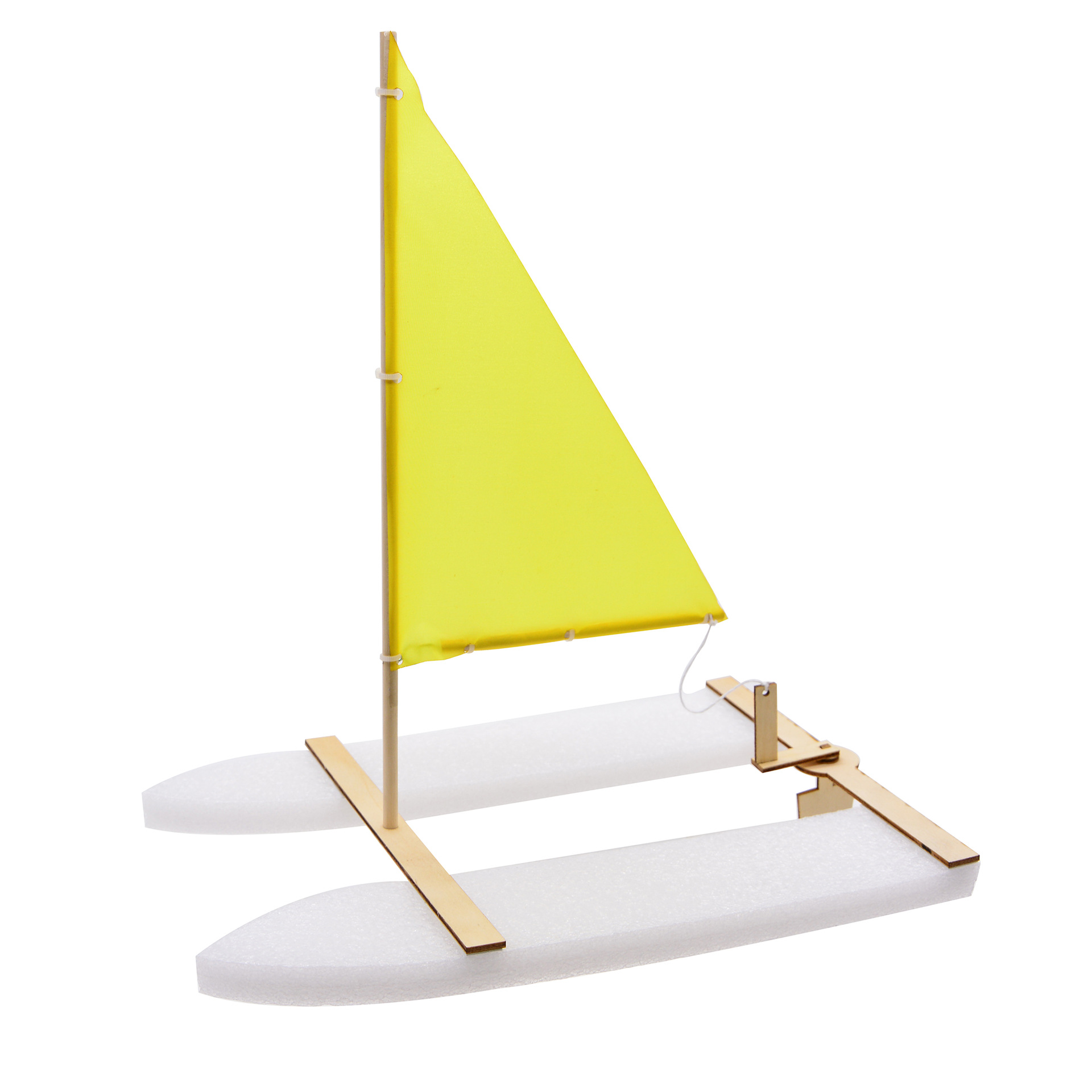
Update time:
TOP